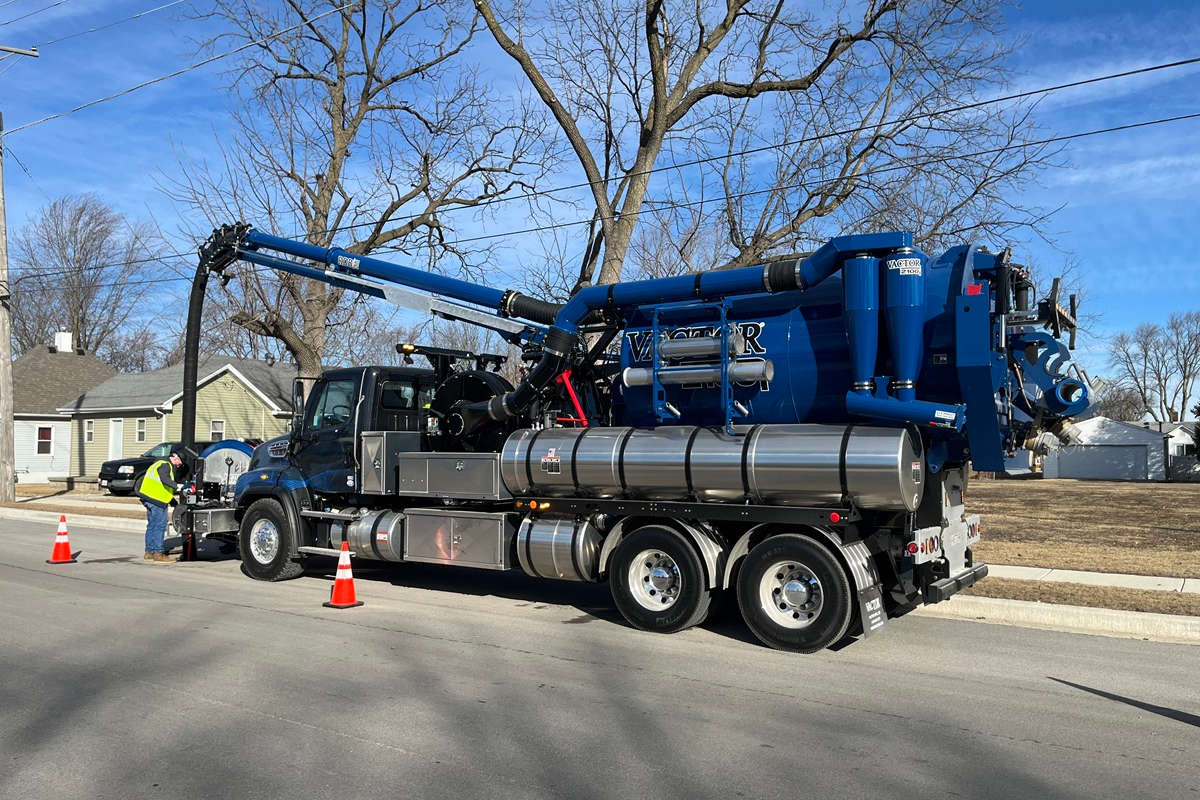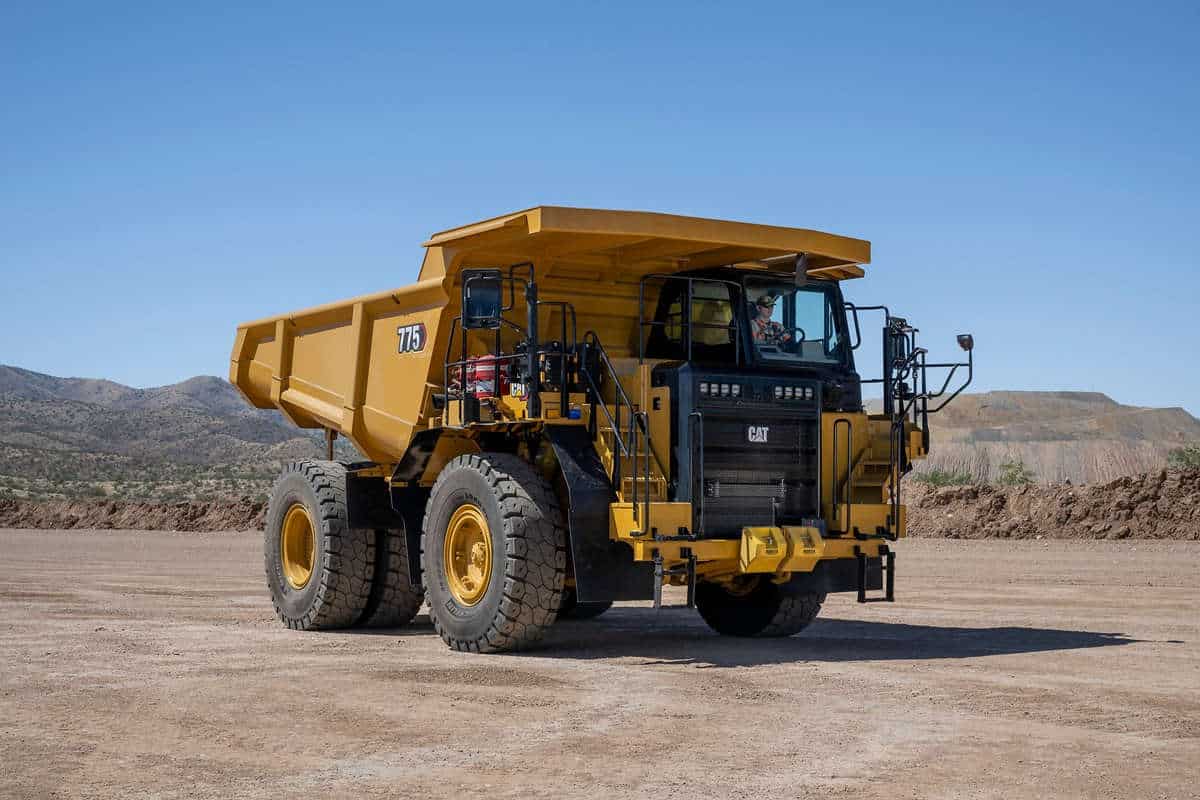Vacuum Excavators Help Contractors Expose Hidden Utilities Prior to HDD Work

The subterranean tangle of pipes, conduit and cable continues to spread as our communities grow, upgrading their infrastructure and extending fiber networks along the way.
For contractors and utility operators navigating jobsites with underground construction equipment, the perils of a utility strike can’t be ignored. Striking a utility carries the real risk of injury and death, and there are plenty of other potential damages that can stall a project or bankrupt a company: lawsuits, fines, higher insurance premiums and a damaged reputation.
The unseen but ever-present dangers are avoidable if proper steps are taken.
Dangers Exposed
Fortunately, the underground construction industry — and its impressive armory of tools — has risen to meet the challenge, prompted by a series of industry events since 2010 that brought focus to increased safety measures. These events paved the way for some of today’s standard excavation practices, including the standard use of locators and the preventive use of hydroexcavation machines.
Locating and exposing utilities prior to underground excavation is essential to safe and successful operation. Today’s standard damage-prevention practices on HDD sites include the use of locators and vacuum excavators. Still, more operators each year are learning the lesson of damage prevention the hard way.
The Common Ground Alliance (CGA) reported more than 250,000 underground events in the United States and Canada in 2014 — 45,000 more than the previous year. It’s time to turn that trend around.
Versatility and Precision
One of the most exciting tools coming to the rescue on HDD jobsites are vacuum excavators. These versatile machines are not only speeding cleanup of fluids and materials after drilling operations, but also they are proving to be invaluable when used on jobs to expose underground utilities.
Within the tolerance zone, vacuum excavators are rapidly becoming the preferred method of soft excavation. In fact, there’s a good reason that more contractors are requiring this practice — the only sure way to know the exact depth and location of a utility is to expose it.
An Added Benefit
Locating equipment alone is insufficient for the task of pinpointing utilities. Underground interference can distort a signal. Depths can change along a line. And even abandoned lines can pose a threat unless operators verify that they’re not acting as a conduit with an active utility running inside it.
Information provided by locators should always be considered approximate due to interference and other factors. Locators are the first step to finding underground utilities, however, they require a trusty sidekick in the vacuum excavator to effectively expose all unseen utilities beneath the earth’s surface.
By exposing existing utilities prior to excavation — potholing or daylighting — vacuum excavators effectively help contractors and operators prevent utility damage. These machines gently create potholes in front of the drill head, providing a clear view of any utilities and allowing operators to visually verify that no damage has occurred.
Vacuum excavators are proving to be gentle and effective in uncovering buried pipe or cable — without the risk or history of utility strikes shared by backhoes, standard excavators or even hand digging. Depending on the jobsite and soil conditions, air- or hydroexcavators can be equally effective.
Air, Water or Both?
Hydroexcavators that use pressurized water are effective for a variety of soil conditions, and they can help keep the hose unclogged by rinsing away soil build-up. At jobsites with fluid restrictions, hydroexcavators can contain and dispose of fluids.
On sites where drilling fluid and disposal are prohibited, operators find air excavators to be effective. With a dual air/hydroexcavator, operators have the flexibility to adapt to changing jobsite restrictions.
Keeping Safety a Priority
All contractors and operators benefit from the lessons others have learned while using vacuum excavators to expose utilities. Here are several tried-and-true safety tips:
Identify the intended excavation area by marking it with white paint or flags. This helps communicate to the locator and is required by many states.
Before you dig, call 811 to have underground utilities located. Remember that some utility companies only locate to the utility meter, leaving some privately-owned lines unmarked.
Safeguard your life with the right protective gear for the jobsite, from eye protection and face shields to high-visibility vests, hardhats, hearing protection and electrically insulated boots and gloves. And always keep the suction hose away from your face and body parts.
Put a trained utility locator on the job to verify. In 2012, 17 percent of damage events were linked to poor locating practices, as reported by the CGA. Crews should use site information and locators to verify that all utilities are marked accurately.
Document the exact location and depth of utilities. Some utility providers now require photos of sites and visual locates before excavation begins.
Expose parallel utilities more often to avoid encroaching on the tolerance zone. When drilling parallel to an existing utility, follow local guidelines for exposing the utilities and to determine frequency of tracking the drill head.
Pothole to the intended depth of the bore or at least 3 ft below the utility. Don’t stop at the utility.
Choose your lance nozzle carefully to prevent utility damage. A spinning, conical spray nozzle is the only type recommended for exposing utilities. Also, ensure you are matching the nozzle to the flow rate of the machine water system.
Always keep the lance moving — with the tip above the soil surface — to prevent utility damage and damage to the nozzle.
Use recommended pressure settings for hydroexcavation: 3,000 psi or less. Reduce the pressure if using heated water.
Any utility strike has the potential to affect thousands, with possibly fatal consequences. The good news: Today we have the know-how and the tools to prevent utility strikes and save lives.
Case-in-Point: Tri-County Electric Cooperative
With headquarters in Hooker, Okla., Tri-County Electric Cooperative (TCEC) serves approximately 23,000 residential and business meters in the Oklahoma and Texas panhandles, Southwestern Kansas and parts of New Mexico and Colorado. TCEC recently purchased a Ditch Witch FXT50 truck-vacuum excavator.
“We are doing a lot of potholing with the machine,” says Rick Wayman, TCEC manager of construction. “Many areas we work in are full of city utilities, and vacuum excavation can quickly make potholes without damaging the lines being located.”
The TCEC crews are also using the machine to dig piers for light poles. “Locations where poles are being set are in areas full of utilities, and without the new machine, they would have to be dug by hand — there are too many utilities to use mechanical equipment,” continues Wayman. “In areas filled with utilities, soft excavation has allowed us to dig without damaging anything that was already in the ground.”
Jason Proctor is a product manager, vacuum excavation at Ditch Witch, and Susan Harmon is a product safety and compliance manager for Charles Machine Works. Tags: Ditch Witch, November December 2016 Print Issue, Vacuum Excavation




